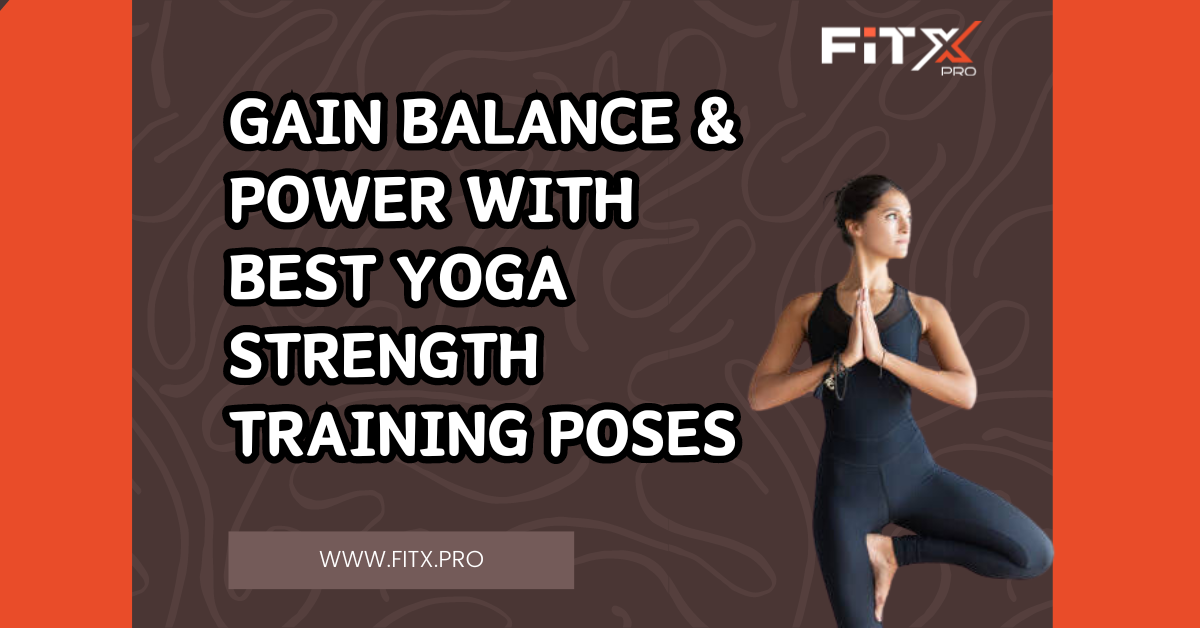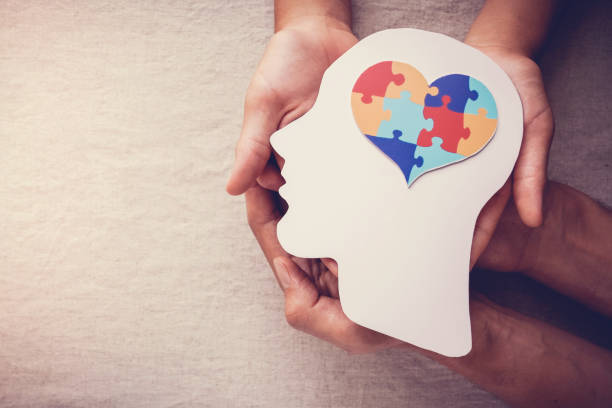- Level 2 & 3, SCO-62, 63 & 64, Phase 10
- +91 99196 00015
- info@fitx.pro
At FitX Pro Gym, we are more than just a fitness center; we are a community dedicated to helping you achieve your health and fitness goals. Located in the heart of Chandigarh & Mohali, we have been empowering individuals of all fitness levels to transform their lives through exercise, nutrition, and a supportive environment.
- Level 2 & 3, SCO-62, 63 & 64, Phase 10
- +91 99196 00015
- info@fitx.pro
- Week Days: 05:30AM to 10.00 PM Sunday: 04:00AM to 09:00

- Latest News
- By fitnessXPro
- 0 Comments
Yoga is one of the best methods to establish and maintain balance in your life. Yoga is a good exercise for many elements of physical and mental well-being to develop greater balance. One common misconception regarding yoga is that it cannot be used in strength training. Even though it might not be as efficient as weightlifting, yoga can strengthen your muscles.
Today, in this complete guide, we understand what yoga means for strength. How can we specifically develop and strengthen our bodies through our yoga practice? Moreover, we’ll explore how these poses combine breath and movement, not only making you physically stronger but also fostering a resilient mindset. Get ready to elevate your well-being through the best yoga strength training poses!
Why Yoga is Important to Gain Balance & Strength
Yoga strength training focuses on developing your strength, balance, and ease. Additionally, it is essential for preserving bone mass and preventing the breakdown of bones as we age. Let’s have a look at its importance:
Enhances Bone Density
Yoga for strength, particularly those using weights, enhances bone density. It helps you engage in weight-bearing yoga poses for strength, like Downward Dog and Warrior poses, and stimulates bone growth, enhancing density. This promotes general bone health and enables a healthy skeletal structure, lowering the risk of osteoporosis.
Support Muscular Strength
Yoga poses for strength, such as Plank and Chair, activate and strengthen various muscle groups. The controlled movements and sustained holds build muscular endurance, contributing to a well-toned and resilient physique.
Boost Mental Health
Incorporating yoga poses, like Tree Pose and Cobra, challenges the body and calms the mind. Stress and anxiety are reduced when mindfulness, regulated breathing, and physical exercise are combined to support mental health.

Promotes Physical Well-Being & Reduces Pain
Improving physical strength also helps with resilience, body aches, sleep, and confidence. Thus, yoga combines strengthened muscles, promotes overall physical well-being, and helps alleviate common pains and a more comfortable lifestyle.
Prevents Injury
Regular yoga practice can enhance flexibility and balance. This increased awareness and stability contribute to injury prevention by improving body mechanics and reducing the likelihood of accidental injuries.
Top 10 Yoga Poses for Strength
Begin on a journey to amplify your physical prowess and inner resilience. Explore the transformative realm of yoga with our curated list—Top 10 Yoga Poses for Strength. Have a look:
Phalakasana (High Plank)
Phalakasana, or High Plank, is a foundational yoga pose for building core strength and full-body engagement. This pose targets the arms, shoulders, abs, and back, fostering stability and preparing the body for more advanced poses.
How to Do High Plank
- Begin on all fours, aligning wrists under shoulders and knees hip-width apart.
- Press down firmly on the mat with your fingers spread wide.
- Engage your core and lengthen your spine, pushing your heels back and lifting your hips until your body forms a straight line from head to toe.
- Hold for 30 seconds to a minute for beginners, gradually increasing the time as you get stronger.
How to level up
Do you want to begin your next challenge in fitness? You must try to transition from Plank to Side Plank on both sides. Shift your weight to your right hand, rotate your body up to the left, balancing on the outside of your right foot. Also, you can extend your left hand upward. Hold for 30 seconds. Return to Plank, pause, and switch to the other side. Repeat for a full-body strength boost!
Navasana (Boat Pose)
Navasana, or Boat Pose, is a dynamic yoga pose that targets the core, strengthening abdominal muscles and hip flexors. This pose also improves balance and stimulates the digestive organs, promoting a healthy metabolism.
How to Do Navasana
- Stretch your legs straight out in front of you while sitting on the floor. Stretch your back and tense your abdominal muscles.
- Lean back slightly, engaging your lower back and keeping your spine long.
- Raise your legs off the floor, bending or straightening them at the knees to form a 45-degree angle.
- Extend your arms parallel to the floor, keeping your shoulders engaged and down. Lift slightly forward or upward, keeping your neck long.
- Breathe deeply and evenly throughout the hold, engaging your core to maintain balance.
- Hold for 5-10 breaths for beginners, gradually increasing the time as you get stronger.
How to level up
Focus on straightening and raising your legs higher while maintaining a straight spine. You can engage core muscles, lift your chest, and extend your arms forward equal to the floor. Also, increasing the pose duration will help you build strength. Thus, incorporate mindful breathing to enhance balance and stability for a more challenging Navasana.
Virabhadrasana 1 (Warrior Pose 1)
Virabhadrasana 1 is one of the yoga poses for strength that boosts lower body muscles like quads, hamstrings, and glutes and stretches the upper body. Activate your core, including your abs and back muscles, to stay balanced while standing. It’s a great exercise for both strength and flexibility, targeting various muscles from your feet to your core.

How to Do Virabhadrasana
- Begin in Mountain Pose (Tadasana) with your feet hip-width apart and arms by your sides.
- Step your right foot back about a meter, turning it inward slightly.
- Place your heel in line with your left foot’s arch.
- Make sure your thigh remains parallel to the floor as you flex your right knee to a 90-degree angle.
- Reach your arms overhead, palms facing each other.
- Engage your core and lengthen your spine.
- Lift over your front hand, keeping your neck long.
- Breathe deeply and hold for 5-10 breaths.
- Repeat on the other side.
How to level up
You can upgrade Warrior I by smoothly transitioning into Warrior III, a balanced pose enhancing stability and yoga strength training. Moreover, you can gradually shift your weight from Warrior I, lifting your back foot. Extend your arms and reach forward as your back toes point backward. Hold for 3–5 breaths with a slightly bent knee. Return to Warrior I, then Mountain Pose. Repeat on the other side.
Chaturanga Dandasana (Elbow Plank)
Chaturanga Dandasana, or Elbow Plank, is a core-strengthening pose that targets the abdominal muscles, shoulders, and triceps. It builds endurance, enhances upper body strength, and establishes a solid foundation for more advanced yoga poses.
How to do it
- Start in a High Plank with your hands shoulder-width apart and fingers spread wide.
- Using your palms, strongly press onto the mat.
- Bend your elbows directly back, keeping them close to your body and tucked in at your sides.
- Lower your chest towards the mat, maintaining a straight line from head to heels.
- Engage your core and keep your hips level.
- Maintain a long neck while looking slightly forward.
- Breathe deeply and hold for a few seconds before transitioning to Upward-Facing Dog.
How to level up
Try holding the low plank for longer durations or experiment with variations like a low plank with leg lifts or a side plank to challenge your core and balance further. For a more intense arm workout, transition from Chaturanga to full push-ups before coming into Upward-Facing Dog. Also, hold Dolphin Pose briefly before flowing into Chaturanga and Upward-Facing Dog.
Utkatasana (Chair Pose)
The whole body is active and engaged in the Chair Pose. It is a core-strengthening pose that targets the abdominal muscles, shoulders, and triceps. It builds endurance, enhances upper body strength, and establishes a solid foundation for more advanced yoga poses.
How to Do Utkatasana
- Start in Mountain Pose (Tadasana) with your feet hip-width apart and your arms by your sides.
- Bend your knees as if you were about to sit on a chair, keeping your thighs roughly parallel to the floor.
- Press your heels firmly into the mat and engage your core to lengthen your spine.
- Raise your arms overhead, palms facing each other. Keep your shoulders relaxed and down.
- Gaze slightly forward, keeping your neck long. Breathe deeply and hold for 5-10 breaths.
How to level up
Try the Revolved Chair Pose as a variation, adding a stability challenge and strengthening your spine. You can also begin in Chair Pose, join your hands in prayer, and press your palms together. Twist left, supporting your right elbow on the outer part of your left leg, keeping your knees bent. Hold 3–5 breaths, then twist to the right and repeat.
Shalabasana (Locust pose)
Shalabasana, or Locust Pose, is a back-bending yoga pose that targets the muscles along the spine, the buttocks, and the back of the legs. Yoga strength training comes with the lower back, tones the glutes, and improves posture. Locust Pose also stimulates the abdominal organs, aiding digestion and promoting a sense of vitality.
How to do it
- Lie on your stomach with your legs straight and arms resting by your sides.
- Engage your core and gently press your pubic bone into the mat. Lengthen your spine and neck.
- Inhale and gradually move your head, chest, arms, and legs off the mat as high as you comfortably can.
- Keep your eyes focused slightly forward.
- Hold a few breaths, maintaining your core engagement.
- Keeping your shoulders down and relaxed.
- Exhale and slowly lower your body to the mat, one part at a time.
- Repeat for 5-10 breaths.
Leveling Up Shalabhasana
Once you’ve mastered the basic Locust Pose, try lifting one leg at a time, keeping your core engaged and your other leg firmly rooted to the mat. Take a few breaths to hold, then swap your legs. Moreover, you can extend your arms straight overhead instead of keeping them alongside your body for an extra core and shoulder challenge.
Bakasana (Crow Pose)
Crow is one of the best yoga poses for strength that has many other advantages and can serve as a base for other arm balances and inversions, such as the headstand and handstand. Crow strengthens the shoulders, back, core, wrists, and arms. It’s an excellent method for developing and using core strength. It increases proprioception, body awareness, hand balance, and fortitude when lifting our feet off the ground.

How to do it
- Begin in Squat Pose (Malasana) with your feet hip-width apart, toes slightly pointed outward, and heels pressing firmly into the mat.
- Place your hands shoulder-width apart on the mat, fingers spread wide and pressing firmly.
- Lean your chest forward, engaging your core and drawing your navel towards your spine.
- Shift your weight onto your hands and slowly lift your knees off the mat, tucking them towards your armpits.
- Find your balance by pressing your inner thighs against your upper arms.
- Breathe deeply and hold for as long as you comfortably can.
- One at a time, slowly return your knees to the mat while letting go of your hands.
How to level up
Once you’ve mastered the basic Crow Pose, try lifting one leg at a time, keeping your core engaged and your other leg firmly planted. Take a few breaths to hold, then swap your legs. For experienced yogis, explore variations like the One-Handed Crow Pose, where you balance on one hand while keeping the other arm extended overhead, or the Frog Crow Pose.
Bhujangasana (Cobra Pose)
Bhujangasana, or Cobra Pose, might seem like a simple backbend on the surface. But this pose holds potent power within its gentle curves. It’s like a cobra unfurling its hood, opening your chest, strengthening your back, and igniting your inner fire. Bhujangasana isn’t just about lengthening your spine – it’s a gateway to increased vitality, improved posture, and even a radiant spirit.
How to do it
- Lie on your stomach with your legs extended back and palms flat on the mat shoulder-width apart, fingers pointing forward.
- Engage your core and press your pubic bone down towards the mat. Lengthen your spine and neck.
- Inhale and slowly lift your chest and upper body off the mat, pressing your hands firmly into the ground and engaging your shoulders.
- Keep your elbows close to your body at all times.
- Raise your gaze slightly forward, keeping your neck long and relaxed.
- Breathe deeply and hold for 5-10 breaths.
- Exhale and slowly lower your upper body to the mat, one vertebra at a time.
How to level up
To level up your fitness, Lift one leg at a time while holding Cobra Pose, keeping your core engaged and your other leg firmly rooted to the mat. After a few breaths of holding, switch legs. Moreover, you can twist your torso slightly to one side, reaching your arm towards the ceiling and looking over your shoulder. After a few breaths of holding, switch sides.
Ardha Chandrasana (Half Moon Pose)
Ardha Chandrasana, or Half Moon Pose, is more than a graceful balancing act. It’s a potent combination of strength, balance, and focus, channeling the moon’s powerful energy within you. This pose isn’t just about impressing your Instagram followers; it’s a gateway to unlocking your inner warrior, both physically and mentally.
How to Do it
- Begin in Warrior Pose I (Virabhadrasana I) with your right foot forward and left back.
- Make sure your thigh remains parallel to the floor as you flex your right knee to a 90-degree angle.
- Reach your arms overhead, palms facing each other.
- Shift your weight forward, lifting your back heel off the mat. You can extend your left leg straight back, keeping your hips level.
- Reach your left arm down towards the mat, placing your hand flat or fingertips near your left foot.
- Breathe deeply and hold for 5-10 breaths.
- Repeat on the other side.
How to level up
For a deeper backbend and challenge to your core, reach your top hand towards the ceiling and gaze upward in Full Moon Pose. Also, you can wrap a yoga strap around your standing thigh and bind it behind your back for an extra stretch and core activation in Bound Half Moon Pose.
Four-Limbed Staff Pose (Chaturanga Dandasana)
Four-Limbed Staff Pose, or Chaturanga Dandasana, is a foundational yoga strength training pose that targets the arms, shoulders, chest, and core. It builds upper body strength, tones muscles, and is a crucial transition in vinyasa sequences, fostering overall body resilience.
How to do it
- Start in High Plank (Phalakasana) with your hands shoulder-width apart and fingers spread wide.
- Your palms should make strong contact with the mat.
- Bend your elbows directly back, keeping them close to your body and tucked in at your sides.
- Lower your chest towards the mat, maintaining a straight line from head to heels.
- Engage your core and keep your hips level.
- Gaze slightly forward, keeping your neck long.
- Breathe deeply and hold for a few seconds before transitioning to Upward-Facing Dog.
How to level up
Hold the low plank for longer durations or experiment with variations like a low plank with leg lifts or a side plank to challenge your core and balance further. For a more intense arm workout, transition from Chaturanga Dandasana to full push-ups before coming into Upward-Facing Dog.
Wrapping Up
To find balance and strength, try combining yoga with strength training poses for a transformative experience. These dynamic exercises not only shape your body but also create a strong mind-body connection. Further physical benefits of yoga strength training are that it promotes resilience and inner harmony.
Embrace the holistic advantages of these poses, empowering both body and spirit. So, step onto your yoga mat, breathe deeply, and let the poses guide you toward strength, balance, and a vibrant inner fire.


Leave a comment